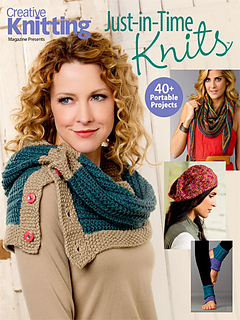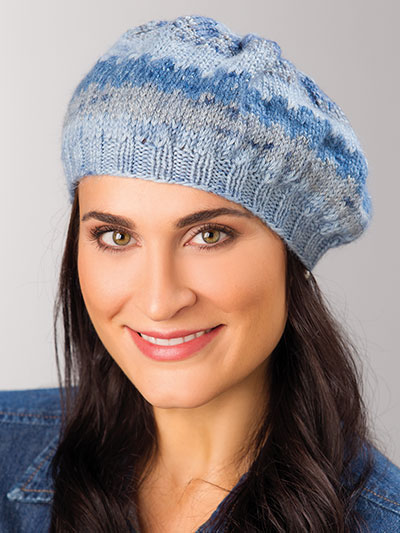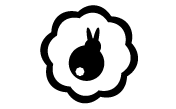One thing that’s hard to get used to in this industry is how far in advance we work. You finish something you’re excited about, you send it off, and months, maybe even a year, later it shows up in a book or magazine somewhere. Last year, I had the good fortune to work on an article along with an accompanying pattern for Creative Knitting Magazine. It’s a special issue called “Just-in-Time Knits,” and features 40 projects that are easy to carry around, including a section on leftovers and odd balls of yarn.

As a handdyer, I know that I’m more fearless than most knitters when it comes to playing with dye and in particular, overdyeing yarn. But I also know that if you have odds and ends of yarn that don’t quite look the way you want when you combine them — the color combinations are a little off, or maybe you just want a more cohesive look to the project — one fun way to get the look you want is by overdyeing your yarn. Overdyeing is especially good for little remnants of yarn, because it’s low-stakes. If you’re nervous about dyeing, you’re not risking an entire ball (or multiple balls) of yarn, and most of us have oddballs of yarn that we don’t quite know what do with anyway.
For this project, I was very fortunate to get yarn support from Classic Elite Yarns. They sent me some of their oddballs (which were all beautiful to work with): leftover skeins from sample projects, hanks of yarn from opened bags that are then hard to ship to retailers (who tend to always buy in full bags of five or ten). Here’s a photo of the yarns they sent me, wound off into little hanks:

(In case you’re wondering, the yarns are, from left to right, Liberty Wool; Majestic Tweed; Color by Kristin; Inca Alpaca; Crestone; and Vista.) And here is what they looked like after a simple bath, all together in the same light blue dye bath (in the same order). Part of what is so fascinating about this process is seeing how different yarns, made of different combinations and colored fibers, constructed in different ways, take the dye.

If you’re unsure about dyeing, then the most conservative approach is to pick shades of white, cream, light brown and light gray to overdye. I had a blue tweedy yarn, so again, to make it easy, I went with a blue overdye. If you want to get more adventurous, however, you can overdye other light colors — pastels like pink and yellow and mint, slightly darker shades of beige/brown and gray, yarns with texture or marl (like the Crestone, which features plies of two different colors for a “barberpole” effect). Remember the basics of color mixing you learned a long time ago in art class: if you start with a yellow yarn, adding blue dye will give you a green shade, and so on.
Another thing that is important to remember if you want to use all the skeins together in a project is to use yarns that are all about the same weight. I used all worsted weight yarns (Category 4 on the Craft Yarn Council Chart) so that I knew they would all knit at roughly the same gauge. You’ll also want to use wool and other animal-fiber yarns if you’re following the directions in the magazine; otherwise the specified dye won’t adhere to the fiber. The article gives complete directions for overdyeing, along with a hat pattern that uses my worsted-weight overdyed skeins:

I had a lot of fun working on this project so it’s nice to see it appear in print (along with forty other projects from wonderful people like Amy Gunderson, Patty Lyons, and Lorna Miser.)

Exciting to see the possibilities. The only things I’ve ever dyed are Easter eggs and tie-die t-shirts (many many years ago) but now I think I’ll have to take up the challenge and see what I can accomplish!